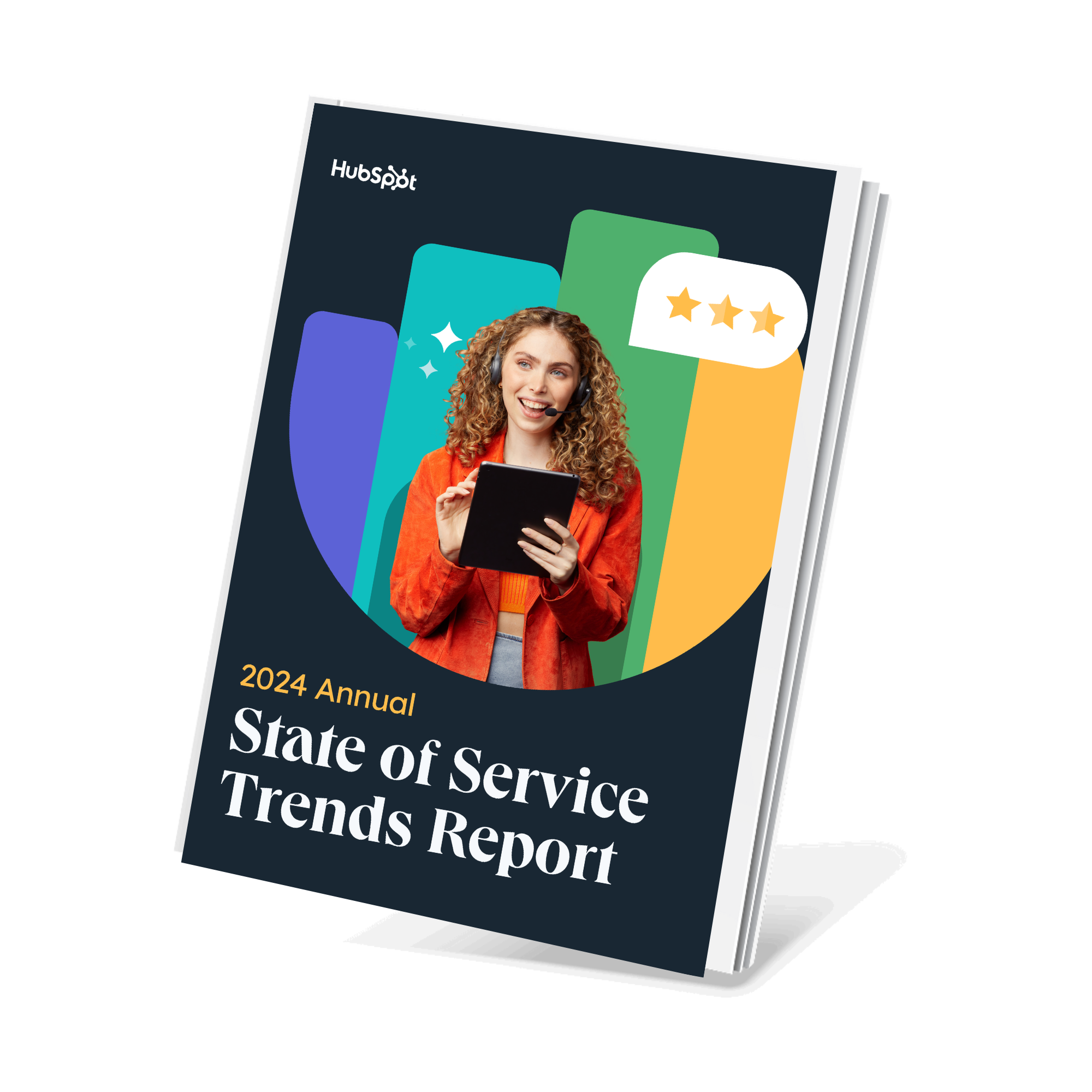Client vs. Customer
A customer is someone who buys products or services from a company, while a client refers to a certain type of customer who purchases professional services from a business. Generally speaking, customers buy products while clients buy advice and solutions. Additionally, clients are usually longer-term customers who are more loyal to your company and spend more money.
Truthfully, clients and customers are similar, but the difference lies in the type of service that a customer is purchasing. If you run a SaaS company, then you have customers. On the other hand, if you run a law firm, you have clients.
Let's review some examples below to help you contextualize the difference in the type of service.
Client-based services:
- Law firm
- Design studio
- Insurance agency
- Accounting firm
- Real estate agency
- Marketing/advertising agency
Customer-based services:
- SaaS company
- Retail store
- Subscription-based company
- Bank
- Restaurant
- Amusement park
One way that I like to think about it is if a company has a customer service department, then they usually service customers, not clients. Companies that don't have a customer service department are typically client-based companies.
However, it's important to note that some companies can have both clients and customers. For subscription-based companies like SaaS companies, for example, some customers might purchase professional services where they have a personalized customer success manager (CSM) from your team. These are your high-value customers who become clients. If a customer hasn't purchased a professional service from your company, then they're a customer, not a client.
Now your mind is probably spinning thinking of other terms to describe your customers and wondering what the differences are. In fact, you've probably heard of the term consumer. So, what's the difference between a customer and a consumer? Let's dive in below.
Customer vs. Consumer
A customer is a person who buys goods or services from a business, while a consumer is a type of customer who buys goods or services for personal use. Think of consumers as the more specific type of customer for B2C companies, while a customer can purchase from a B2C or B2B company. You can think about it like this: Consumers are the end-users of a product, and might not have been the actual customer who purchased the product.
Client vs. Customer Services
The difference between client services and customer service is the same difference between professional services and your customer support organization. While your customer support will answer phone calls, emails, and chats from a large number of customers, your professional services team will be responsible for a smaller number of customers so they can give them more personalized attention.
Now that you understand the difference between all these terms and the different types of services, you might be wondering, "Why does this matter?"
Well, all businesses have customers, but not every business has clients. Clients, by definition, will receive more personalized attention and have more access to employees by having a dedicated customer success manager or a case manager.
It's important to keep these differences in mind when you're developing your customer service strategy. If you have customers, you'll provide customer support. However, if you have clients, you'll offer a specific CSM to help your highest value customers achieve greater success. In lots of cases, you might offer both client services and customer service.
In any case, you need to provide stellar service experiences. An all-in-one customer service tool can help deploy chatbots, self-serve knowledge bases, and handle inquiries across multiple channels to keep customers happy.
Meanwhile, quick access to each individual customer’s details and the option to set up customer success workspaces will help CSMs offer clients personalized experiences.
Customer Support













